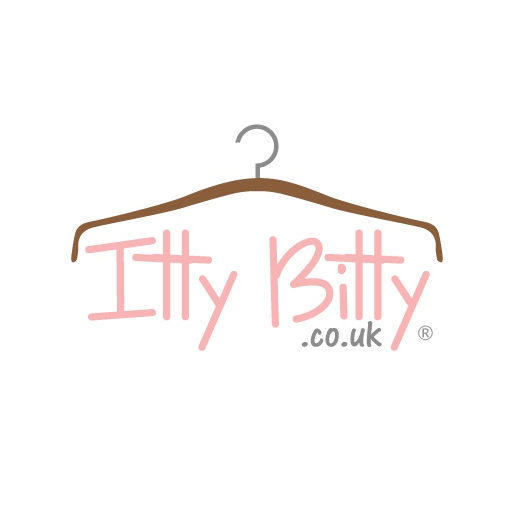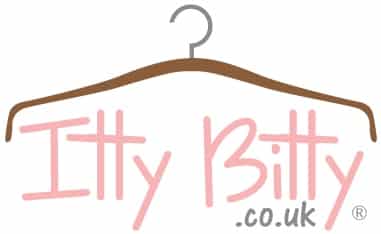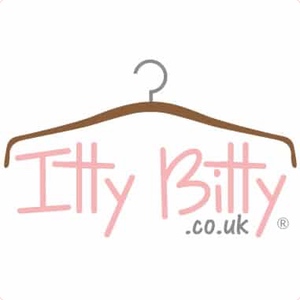Newborn Wardrobe Essentials: A Guide for Parents
Preparing for the arrival of a newborn is an exciting and joyful experience, and one of the essential tasks is setting up their wardrobe. From tiny onesies to soft blankets, creating a well-rounded wardrobe for your little one ensures they stay comfortable and cosy. In this guide, we’ll explore the must-have, newborn wardrobe essentials and wardrobe essentials for new parents.
Bodysuits/Onesies:
- These one-piece wonders are perfect for everyday wear.
- Opt for snap closures for easy diaper changes.
- Consider a mix of short and long sleeves, suitable for different weather conditions.
Sleepsuits:
- Provide warmth and comfort for your baby during sleep.
- Choose soft, breathable fabrics like cotton.
- Look for front or bottom snaps to simplify night-time changes.
Swaddle Blankets:
- Essential for creating a snug and secure environment.
- Choose lightweight, stretchy fabrics for easy wrapping.
- Multipurpose – can also be used as nursing covers or stroller blankets.
Mittens and Booties:
- Protect your newborn’s delicate skin from scratching with mittens.
- Keep tiny feet warm with soft booties.
- Opt for options with elastic bands to ensure a secure fit.
Hats:
- Babies lose heat through their heads, so hats are crucial, especially in cooler weather.
- Choose soft, breathable fabrics that cover the ears for added warmth.
Socks:
- Keep your baby’s feet warm, whether indoors or outdoors.
- Choose socks that stay on securely but aren’t too tight.
Cardigans or Jackets:
- Layering is key for adjusting to changing temperatures.
- Select cardigans or jackets made from soft materials like cotton or fleece.
Newborn Wardrobe Essentials: Nappies and Diaper Covers:
- Stock up on newborn-sized nappies.
- Consider diaper covers to prevent leaks and add a cute touch to outfits.
Sleeping Bags:
- Provide a safe and cozy sleep environment for your baby.
- Look for options with a zip or snap closures for easy access.
Baby Grows or All-in-Ones:
- Ideal for a fuss-free and comfortable outfit choice.
- Ensure they have accessible closures for quick changes.
Burp Cloths:
- Essential for managing spit-ups and spills during feeding.
- Choose soft, absorbent fabrics for your baby’s comfort.
Soft, Brimmed Hats for Sun Protection:
- If your baby will be outdoors, a hat with a brim helps shield their delicate skin from the sun.
- Opt for lightweight, breathable materials.
13. Dressing Gowns and Sleep Sacks:
- Keep your baby warm during nighttime feeds or cuddle sessions.
- Choose options with easy access for diaper changes.
Clothes for Special Occasions:
- Include a few outfits for outings or special occasions.
- Soft, comfortable fabrics are still key, but you might want something a bit fancier for those memorable moments.
Laundry Detergent for Babies:
- Use a gentle, fragrance-free detergent to wash your baby’s clothes.
- Avoid harsh chemicals that could irritate their sensitive skin.
Newborn Baby Dress
Dressing your newborn is a delightful experience, and with the right choices, you can ensure your new baby one is both stylish and comfortable. Prioritize softness, opt for practical designs, and relish in the joy of selecting adorable outfits for your precious little one.
Baby Warm
As the winter chill sets in, ensuring your baby stays warm and snug becomes a top priority for parents. The delicate nature of a baby’s skin requires careful consideration when selecting winter essentials for newborn babies.
Maintaining a Comfortable Indoor Temperature
Besides dressing your baby warmly, maintain a comfortable indoor temperature. Use a room thermometer to ensure the nursery or sleeping area is neither too hot nor too cold. Aim for a temperature between 16-20°C (60-68°F).
Baby’s Clothes
Selecting and caring for your baby’s clothes involves a thoughtful combination of practicality and comfort. By choosing soft fabrics, prioritizing essentials like onesies and sleepsuits, and adopting a gentle washing routine, you can ensure your baby’s wardrobe is both functional and adorable.
Practical Tips for Dressing Your Baby
a. Easy Fastenings: Choose clothes with simple closures to make dressing and undressing quick and stress-free.
b. Consider the Season: Dress your newborns baby according to the weather. Layering is essential for colder months, while lightweight fabrics are ideal for summer.
c. Choose Practical Designs: Look for clothes with wide necks or envelope shoulders for easy removal without pulling newborn clothing over the baby’s head.
Washing Baby Clothes: A Gentle Approach
Baby clothes require a gentle touch when it comes to washing. Use a mild, baby-friendly detergent to avoid harsh chemicals. Consider using a laundry bag to prevent small items baby clothing like socks from getting lost in the wash.
Drying and Storing Baby Clothes
a. Air-dry when Possible: Avoid using a tumble dryer for delicate fabrics. Air-drying helps maintain the integrity of the clothes.
b. Store According to Size: Organize baby clothes by size to easily find the right outfit as your baby grows.
Choosing Practical Outerwear
When going outdoors, select practical outerwear like jackets, pram suits, and snowsuits. Ensure they provide adequate warmth without being too bulky. Waterproof options are ideal for rainy days.
Creating a newborn wardrobe is a delightful part of preparing for your baby’s arrival. Focus on comfort, ease of use, and versatility when selecting your newborn essentials below. By having these items on hand, you’ll ensure your little one is dressed in the perfect combination of snug and stylish for every occasion.
FAQs
- How many newborn clothes should I buy?
- Start with a few basics and adjust based on your baby’s growth. A good rule is to have enough for a week, with a few extra for unexpected changes.
- Is it necessary to buy newborn-specific detergent?
- Using a baby-friendly detergent is advisable, as it’s formulated to be gentle on your baby’s sensitive skin.
- Can I use hand-me-downs for my newborn?
- Hand-me-downs are a cost-effective and sustainable option. Ensure they are clean, in good condition, and meet safety standards.
- When should I start shopping for newborn clothes?
- Begin shopping for newborn clothes in the second or third trimester, considering the weather and your baby’s expected size at birth.
- Do I need different clothes for day and night for my newborn?
- While not mandatory, having separate day and night clothes can help establish a routine and make night-time changes easier.


